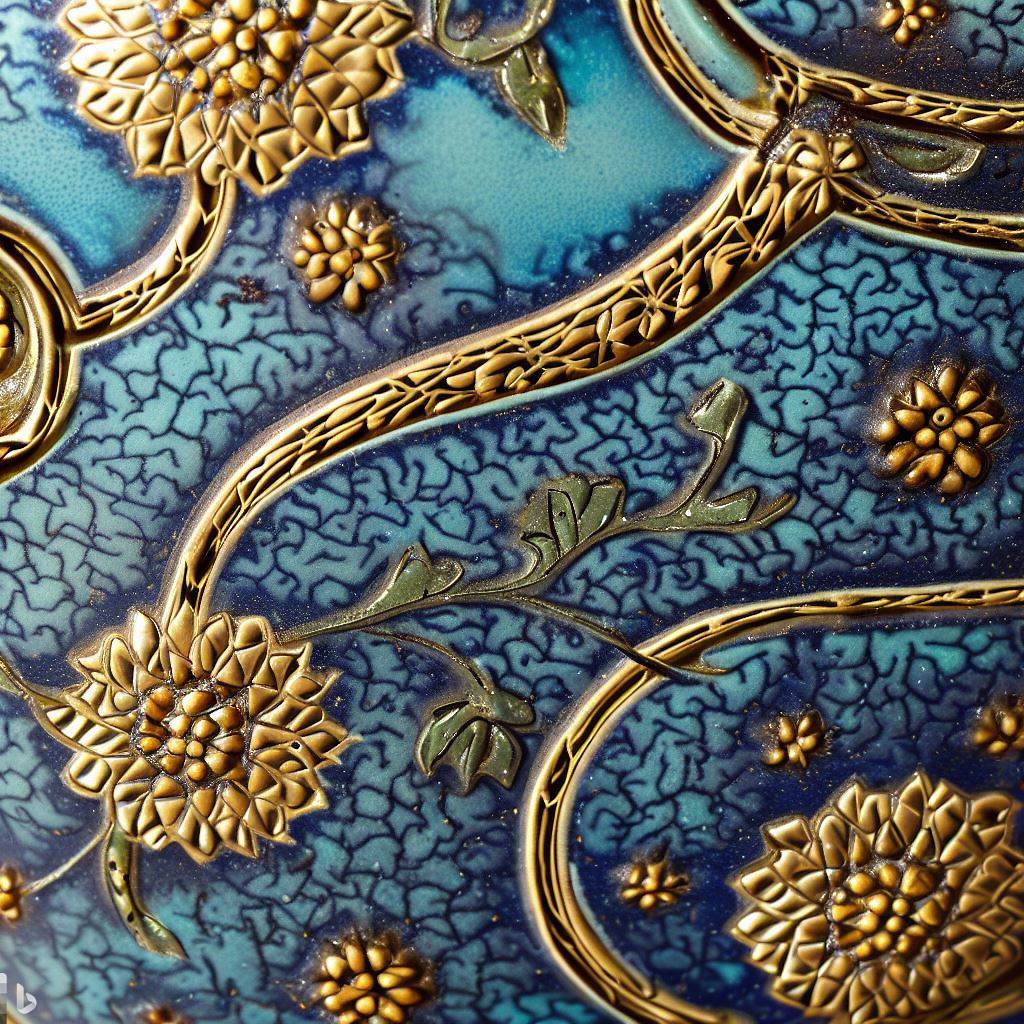From Trash to Treasure: Repurposing Everyday Objects with Enamel Embellishments
Breathing new life into old discarded items through art is at the heart of repurposing. With some creativity and skill, anything from broken electronics to vintage cutlery can be given renewed purpose with colorful custom enamel details. Upcycling not only keeps useful objects from the landfill, but transforms castoffs into meaningful one-of-a-kind creations. Whether decorating a cracked plate to display or enameling flea market finds into jewelry, the possibilities are endless. Follow these tips for salvaging relics from the rubbish and elevating them with unique enamel accents.
Hunting for Items to Repurpose with Enamel
Keep an eye out everywhere for interesting castoff items and components that capture your imagination.
Thrift Stores and Garage Sales
Treasure hunt thrift shops and garage sales for quirky objects. Look beyond surface wear and flaws.
Nature’s Bounty
Fallen branches, dried pods, shells, and stones can be enamel accented into art.
Home Goods
Reinvent old furniture, outdated electronics, cracked dishware or cutlery hiding in your home into something new.
Hardware Stores
Peruse plumbing, electrical, or building supply aisles for inexpensive parts to transform like valves, connectors, and knobs.
Auto Parts
Look for auto or bicycle components like spinners, emblems, registration plates, and more to enameled into jewelry.
Antique and Salvage Shops
These offer weathered signs, architectural artifacts, and timeworn relics ripe for repurposing.
Preparing Surfaces
Most found items require some restoration before applying enamel.
Cleaning
Remove accumulated dirt, oils, dust, grime, or rust through washing, degreasing, and gentle abrasives.
Smoothing
File down rough areas and fill any large holes, cracks, or gaps with adhesive filler.
Texturing
Lightly sandblast or chemically etch surfaces to impart tooth and dimension for enamel to grip.
Polishing
If there are areas you wish to remain polished metal, mask them before texturing nearby regions.
Reinforcing
Strengthen delicate areas prone to damage like thin metal or cracked china using adhesives or wire mesh before enameling.
Planning Enamel Designs
Thoughtfully compose where and how embellishments will enhance the repurposed item.
Retaining Original Character
Keep visible areas of original texture or ornamentation for contrast against your enamel additions.
Minimalist Accents
Allow negative space around sparse enamel touches for maximum impact.
Working with Dimensionality
Follow the contours of 3D objects when placing enamel rather than masking shape.
Choosing Colors and Imagery
Select enamel hues and motifs that pop against the item’s existing palette and form.
Highlighting Unique Features
Adapt enamel designs to accentuate hardware, fabric inserts, or found defects that add interest.
Executing Enamel Embellishments
Applying enamel well requires adapting techniques to each distinctive salvaged item.
Matching Compatible Enamel
Choose an enamel with the right adhesive qualities, firing specifications, and thermal expansion for the object’s base material.
Managing Irregular Shapes
Use specialty plier tools and sable brushes to control enamel placement on spherical, conical, or otherwise shaped items.
Firing in Sections
For large or multi-dimensional pieces, systematically fire smaller enamel areas individually to prevent imperfections.
Custom Molds
Make one-off molds from the object to cast dimensional enamel elements that contour its form.
Cleanup Between Layers
Carefully remove all residual enamel grains from exposed metal before repeated firing to prevent contamination.
Inspiring Repurposed Enamel Creations
Let these ideas ignite your own vision for what castoff treasures could become!
Flatware Sculptures
Solder collected flatware into abstract shapes. Apply enamel designs flowing with the form.
Numbered House Markers
Adorn peeling old address numbers or letters as unique home identifiers.
Patched China Mosaic
Assemble shards of broken dishware into mosaics unified by enamel accents.
Refashioned Tools
Add whimsical enamel critters and flowers to the handles of retired gardening tools.
Upcycled Jewelry
Transform items like silverware, bottlecaps, and other found objects into one-of-a-kind jewelry.
Salvaged Furnishings
Infuse salvaged wooden furniture, lamps, or terrariums with playful enamel details.
Achieving Professional Finishes
Special touches complete an upcycled object’s transformation.
Complementary Materials
Integrate mixed media like wood, glass beads, polymer clay, or feather accents that build on the enamel designs.
Patinas and Antiquing
Consider applying patinas or weathering to areas surrounding enamel for blending effects.
Clear Coating
Protect embellished enamel sections from wear by applying clear enamel spray or epoxy resin.
Quality Displays
Mount, frame, or creatively showcase finished repurposed art pieces using complementary materials.
Artistic Photography
Photograph enameled objects in innovative ways against artistic backdrops to share your vision online or in portfolios.
Finding Inspiration in the Mundane
Surround yourself with items and history that kindle your creativity for enamel repurposing. Frequent thrift shops, yard sales, habitat for humanity stores, antique malls, and auctions hunting for potential. Look for the story within each discarded piece. With some persistence and imagination, you can reinvent rubbish into remarkable enamel art full of new life.
